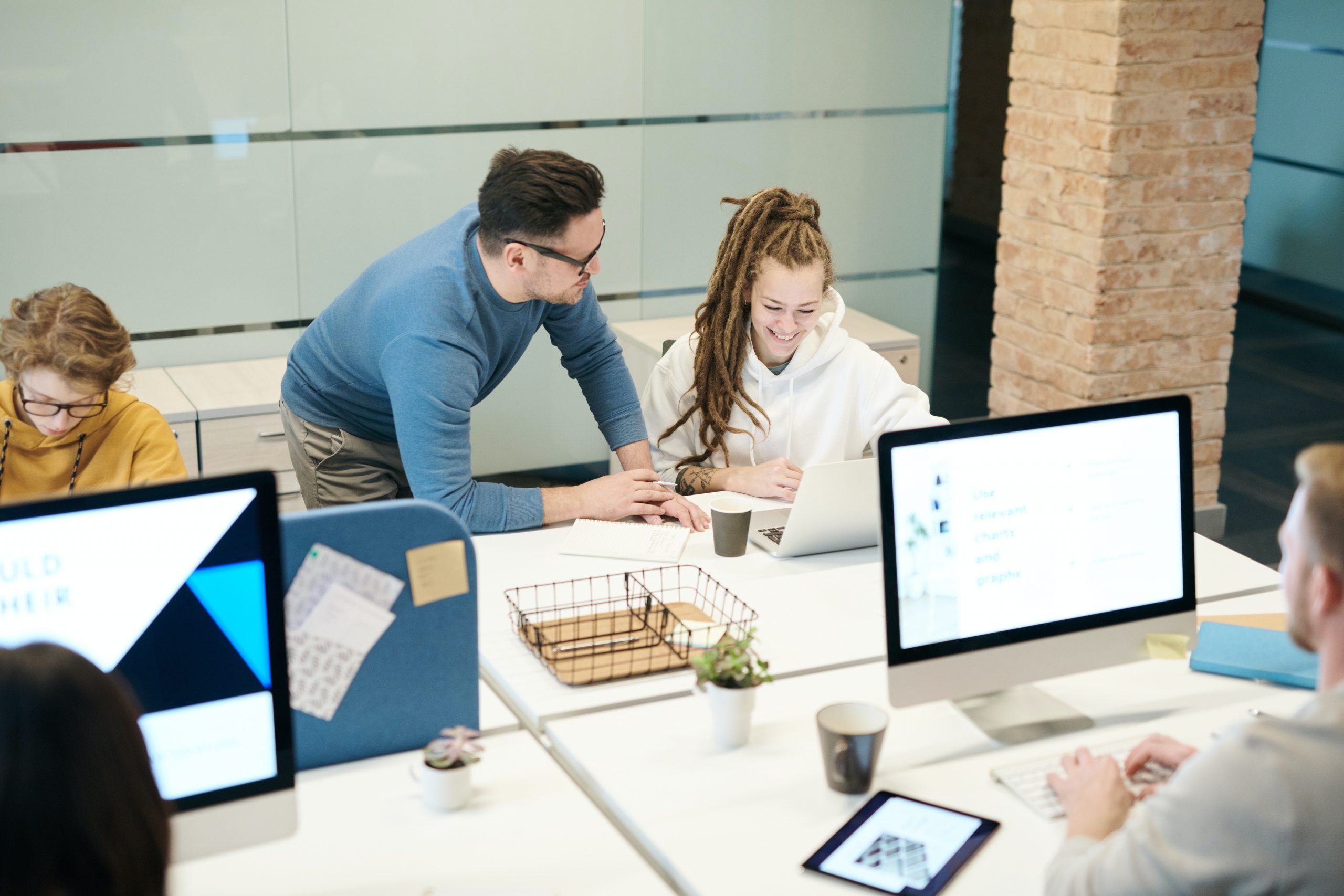Imagine a workplace that operates around you and your preferences, around your time and place, personalised to you, for you and for your collective community. 21st century consumerism has done it for the everyday buyer using technology – now it’s time to do it for the everyday worker.
The future of work is topic number one right now, with global spending reaching $656bn in 2021, meaning an increase of 17% against 2020. Much of this will have been invested into the return to work, shaping what hybrid working should look like for employees. It’s with this focus on getting back to “normality”, however, that some are missing a big trick and risk mistakes being made that will inevitably result in attrition, a decrease in wellbeing, and productivity suffering greatly. No one wants what was “normality” anymore. We’ve all experienced a better way to work based on what works for us and the following article will outline the reasons why deploying hybrid working for masses is the choice with less meaning and impact for employees, and why designing it with personalisation in mind for individuals will provide the desired agility, flexibility and futureproof design that is needed to optimise your talent in a Moore’s-Law evolving workplace.
The digital era has seen huge amounts of personalisation for consumers, predominantly driven by data and currently influencing how we shop, how we interact with brands and how we expect our experiences to be in 21st century consumerism. The source data is created by our behaviours, interactions and actions, creating a profile of what is going to be most effective, efficient and productive for interaction between the end user (you) and the data gatherer (usually our own technology). Interestingly, our employers can have much of the same conceptual data points around how we collaborate, when and how we work, what makes us most productive and what environment best suits our needs, however most are not utilising it to the best effect and greatest impact. Peter Reinhardt, CEO of Twilio Segment said: “Put simply, in today’s world, brands that cannot deliver true personalisation will lose customers and revenue to those that can”, and Microsoft cite “delivering value added products to forge customer relationships” for their personalised customer experiences. Based on our learnings from the pandemic, there’s a strong statement to say this will be true of attraction and retention based on a company’s ability to offer the right culture, environment, support and flexibility in order to optimise their workforce.
If we want to maximise the silver lining to the global COVID-19 pandemic when it comes to work, we must look at personalising the workplace experience for everyone using as many data points as we can to verify persona needs, instead of applying a one-size-fits-all approach. This personalisation can reach almost every corner of the employee lifecycle and environment; from the way that people are compensated, right through to technology, working hours, employee contracts and the physical working environments. It’s important to investigate what’s important to your workforce at which point in their lifecycle, tailoring the experience and operationalising personalisation opportunities where possible. Starting at the fundamentals of personal experiences and building outwards, you should start with the below 3 core designs when considering your employees’ future of work:
- Employee Value Proposition: A new and refreshed EVP is critical to hitting reset on the return to work. Many have found a new lease of life from the remote working regime, managing to get fitter, spend more time with family and actually being more productive in an environment and set up that works for them. This has a crucial impact on their values at work and as such, designing a new EVP with your diverse workforce, based on their personal experiences and learnings from the pandemic, is critical. You should also consider recent global change, such as sustainability and social justice, and align business values to your workforce values in a united manner. This should be delivered in a bottom-up manner to ensure inclusivity, essentially crowdsourcing your new proposition internally.
- Employee Experience 2.0: Employee experience has rightly been high on the agenda in recent years, however any modelling prior to 2020 should now have become null and void. If you’re looking to capitalise on dispersed workforces and the new talent globalisation opportunity, it’s essential that you build an employee experience with digital and physical in mind throughout the design, maximising data points on employees (with their permission) and including diverse personas throughout. This should open up new opportunities for workstreams, such as additional benefits, new recognition and reward initiatives, which will further strengthen job attraction and increase retention.
- Hybrid Working: Once your EVP and employee experience is designed, your hybrid working model will naturally fall into place based on workforce input and data validation. Remember, the personas that you use in your employee experience design should be diverse – everyone is at a different point in their lives, and this will continue to evolve with time as they develop their career and personal lives. Work should reflect this evolution of change, allowing adaptability and fluidity to enable personalisation and empower people to be at their best, where they want, how they want and when they want.
The ability to personalise work for employees is the biggest opportunity within the future of work realm. We’ve seen pockets of it over the years, such as picking your own benefits, choosing the amount of annual leave you want and BYOD, but creating it with emotive values at the core and delivering it with the best productivity in mind on an enterprise level is a game changer that will bring an unprecedented resurgence of life, passion and energy into each organisation.









